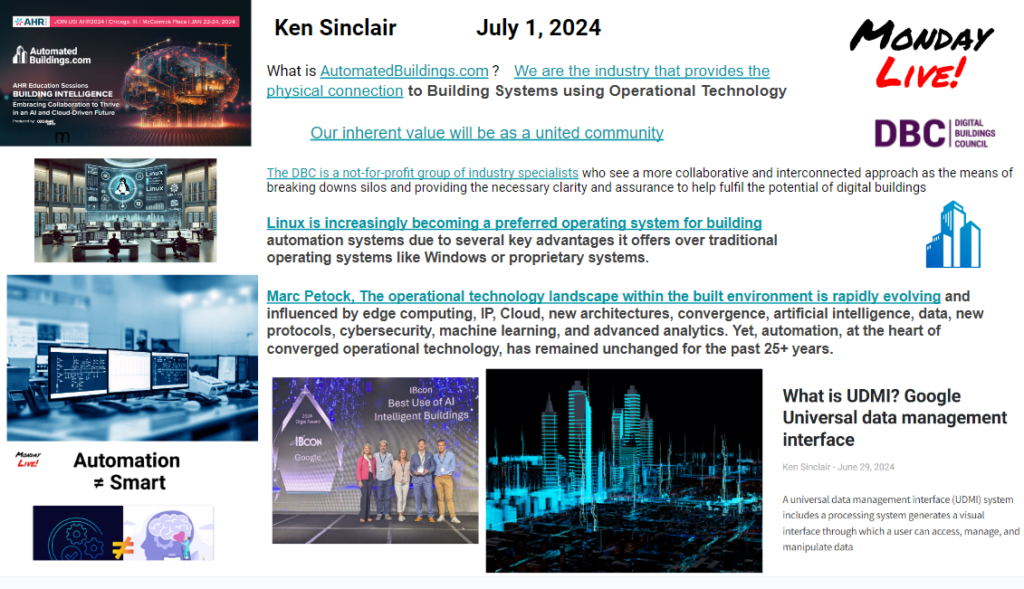In the world of building automation, we often talk about the challenge of integrating various systems, or “silos,” to achieve greater efficiency and functionality.
These silos can range from HVAC and lighting controls to visitor management systems and social networks. The key question is: How can we make all these disparate systems work together seamlessly?
Understanding the Silos
A comprehensive list of building silos is difficult to create, as different building types and industries have their unique needs. However, a typical list might include:
- Design and construction systems (BIM, etc.)
- BAS, controls, and automation
- Lighting
- Security and Access
- Fire and life safety
- Vertical transportation
- Energy management
- Water management
- HVAC
- Electrical
- Plumbing
- IT and communications
- AV
- Parking
- Visitor management
- Tenant services
- CMMS/IWMS
- ERP/CRM
- Social networks
It’s important to recognize that these silos can generate valuable data, but the challenge lies in how to harness and share that data across systems. This is where the concept of use cases and user requirements comes into play.
The Importance of Use Cases
A use case defines how a system or application will be used to achieve a specific goal. In the context of building silos, use cases help us identify the valuable information that can be extracted from different systems and how that information can be applied to benefit various stakeholders.
These stakeholders can be broadly categorized as:
- Tenants: Occupants of the building who are interested in comfort, convenience, and safety.
- Operations team: Property managers, facility managers, engineers, and other staff responsible for the day-to-day operation of the building.
- Asset managers: Owners and investors primarily concerned with the financial performance of the building.
Each stakeholder group has different needs and priorities, so it’s important to tailor use cases and data-sharing strategies accordingly.
The Role of TXO (Total Cost of Ownership)
The TXO framework provides a useful way to categorize use cases and prioritize investments in data integration. By understanding the total cost of ownership for different building systems and applications, we can identify areas where data sharing can deliver the most significant financial benefits.
Moving Forward
To make progress in integrating building silos, we need to:
- Identify specific use cases that demonstrate the value of data sharing across different systems.
- Develop a common language and framework for describing these use cases.
- Establish standards for data exchange and interoperability between systems.
- Build tools and platforms that enable seamless data sharing and collaboration.
- Educate stakeholders about the benefits of data integration and how it can improve their operations and financial performance.
By focusing on use cases and user requirements, we can move beyond the traditional siloed approach and create a more integrated and efficient building ecosystem.
Watch Monday live




